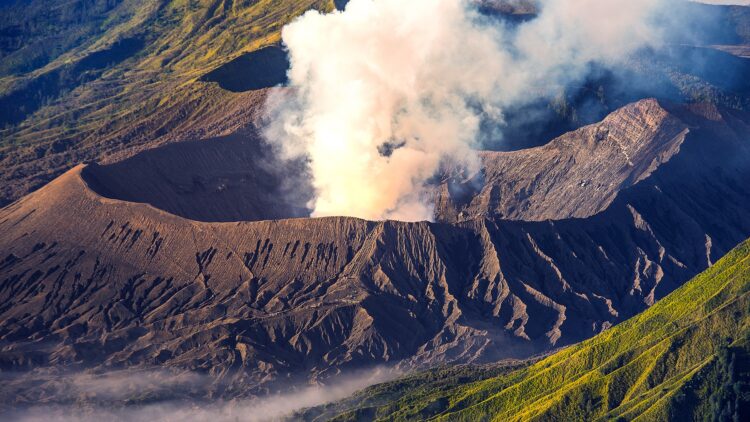Indonesia, an archipelago of 17,000 islands and nearly 130 active volcanoes, is rich in geothermal sources, offering a promising avenue for sustainable energy. However, recent developments on Sumbawa Island and in Banten province highlight the complexities of harnessing this potential amid community resistance and environmental concerns. Indonesia’s geothermal prospects may hold the key to a green future, but only if local communities and developers can find common ground.
The role of volcanoes in unlocking geothermal energy for sustainable energy
Indonesia’s geothermal potential is immense. Estimates suggest that it could produce around 29 gigawatts, which is sufficient to supply power to 500 million homes across the volcano-rich Southeast Asian nation.
In August, the Hu’u Daha Geothermal Working Area in West Nusa Tenggara was awarded to local mining firm PT Sumbawa Timur Mining (STM) through an auction process.
This follows STM’s earlier assignment of the site for a geothermal preliminary survey in 2018, during which they identified a geothermal resource with an estimated capacity of 69 megawatts.
This resource is crucial for STM, as it aims to sustainably power its mineral exploration operations, especially in relation to the Onto Deposit, a significant copper-gold discovery in the Hu’u Daha site. By integrating geothermal energy into their mining strategy, STM is contributing to the broader effort to utilize renewable energy, thus setting a precedent for sustainable mining practices.
Indonesia’s sustainability goals could jeopardize the livelihoods of local communities
In sharp contrast, the community of Padarincang in Banten province has been opposing the development of a 110-megawatt geothermal power station on the slopes of Mount Parakasal for more than 15 years.
Both residents and civil society organizations, including the Indonesian Forum for the Environment (Walhi), have expressed their concerns over the potential impact of the project on their land and livelihoods, particularly the risk to groundwater access.
“Generally speaking, when there are changes in the landscape and a decrease in the groundwater level, that means a loss of water sources,” says Fanny Tri Jambore Christanto, the mining and energy lead at Walhi. “That’s what often causes conflict with society.”
Although geothermal energy is a clean, renewable source, the Padarincang community has witnessed disruptive drilling activities, leading to anxiety and fear of environmental degradation. One such project, launched by PT Sintesa Banten Geothermal, was halted in 2018 following strong community objections, highlighting the ongoing conflict between energy development and local rights.
Addressing community opposition and environmental concerns surrounding geothermal energy projects
While there have been some successes, such as the Sarulla facility in West Sumatra, which has a capacity of 330 megawatts, progress in geothermal energy development in Indonesia has largely been hindered by financial, regulatory, and environmental challenges.
For example, the Asian financial crisis of 1997-98 severely restricted investments. As a result, many geothermal sites, particularly those in protected forest areas, remained untapped, incomplete, or abandoned.
Local communities are also concerned about safety issues. In April, a pipe blowout at the Sorik Marapi geothermal plant in North Sumatra province allegedly released a cloud of hydrogen sulfide, a highly toxic gas associated with geothermal steam.
Geothermal energy could be a key solution for Indonesia’s energy needs. However, the situation in Padarincang highlights the importance of community engagement. As the country navigates its energy future, it must strike a balance between resource utilization and safeguarding the rights and well-being of its citizens.
Indonesia’s geothermal sources could shape its energy landscape and serve as a model for other nations facing similar challenges. By prioritizing community engagement and sustainable practices, the country can effectively utilize its volcanic wealth. This approach can contribute to a cleaner, greener future for all.

